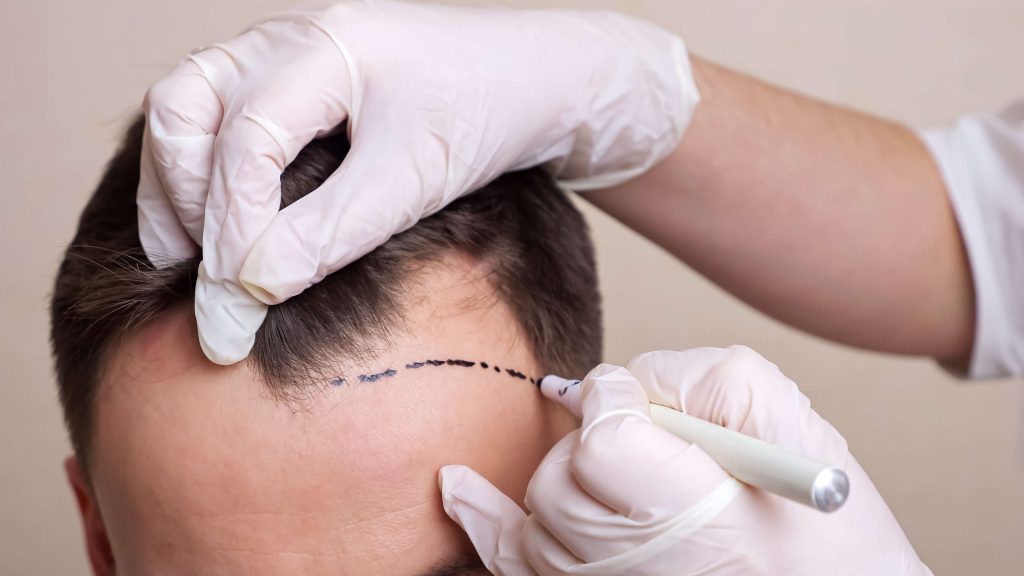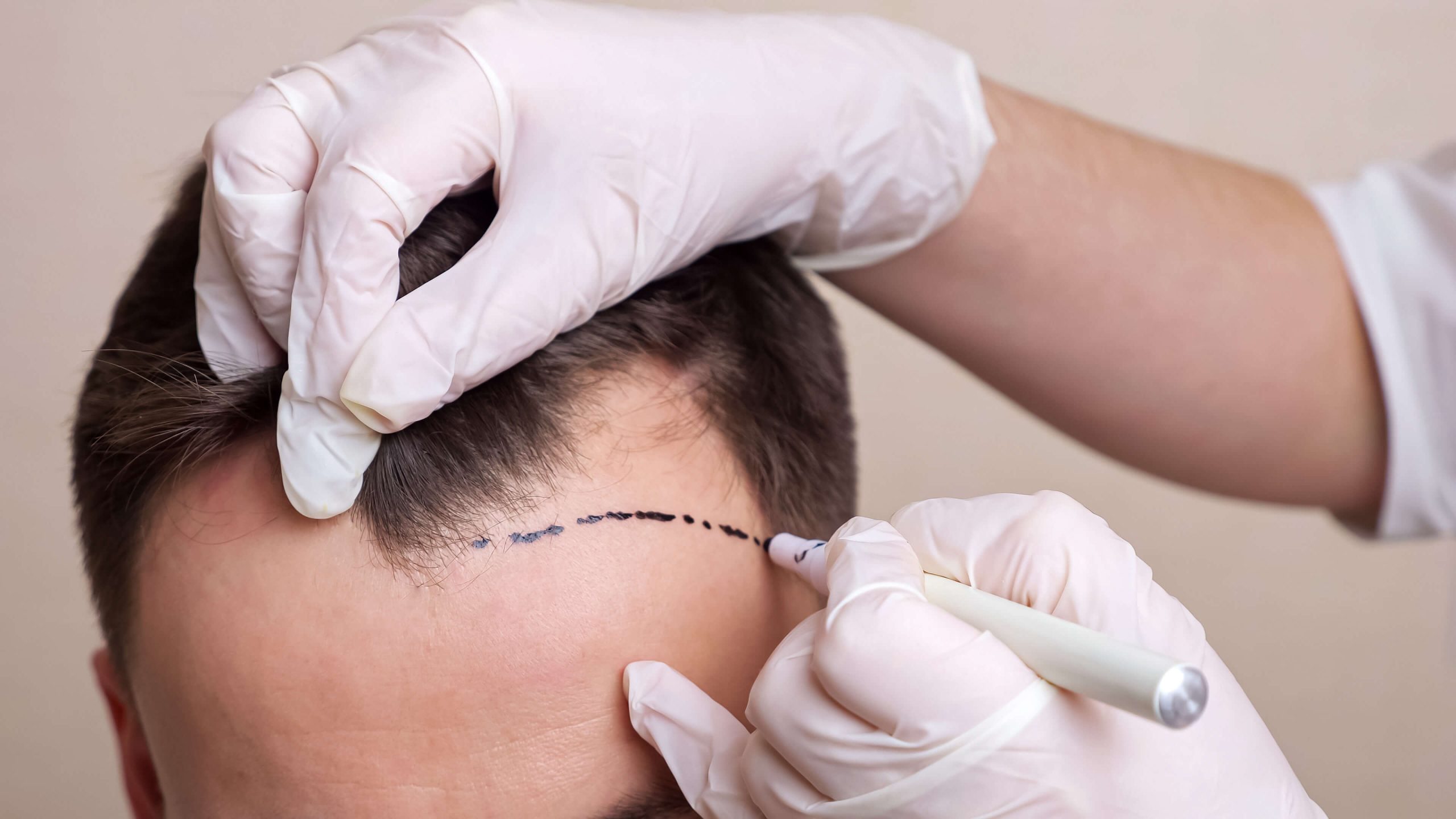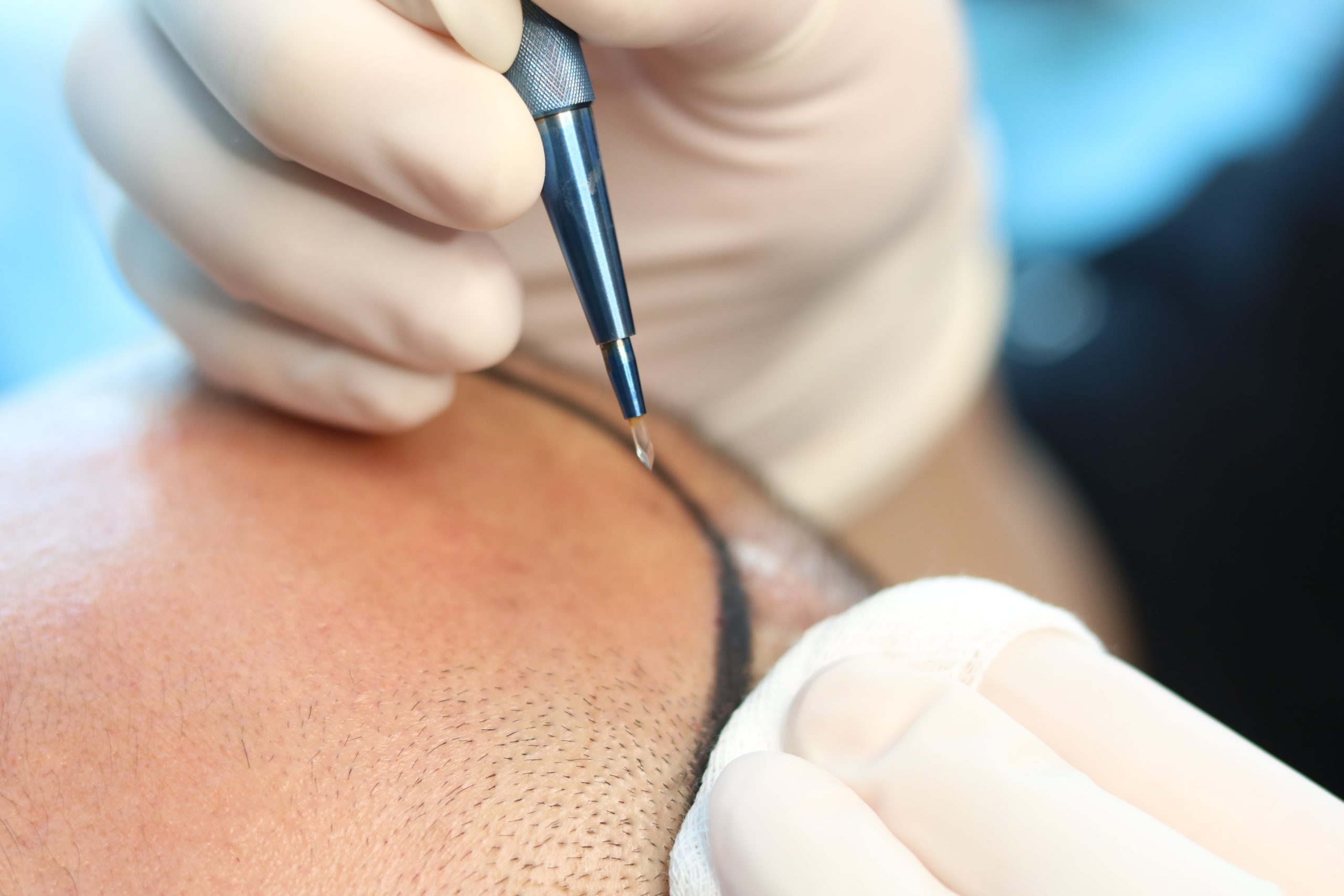What is Stem Cell Supported Hair Transplantation? A Detailed Review
What is Stem Cell Supported Hair Transplantation?
For individuals with hair loss problems stem cell supported hair transplantationoffers an innovative solution. This technique was developed to strengthen hair follicles and promote hair regrowth. Stem cell therapy is based on the principle of injecting stem cells taken from the human body into the scalp.
Stem cell supported hair transplantationUnlike traditional hair transplantation techniques, it offers a natural method to revitalize and repair hair follicles. In this way, hair follicles grow stronger and healthier. Additionally, thanks to this technique, the natural appearance and permanence of the transplanted hair increases.
This innovative hair transplantation technique can be a reliable and effective option for those who want to deal with hair loss. However, it is important to get detailed information from a specialist doctor and evaluate your personal situation before the application.
How is Stem Cell Supported Hair Transplantation Done?
Stem cell-supported hair transplantation attracts attention as a modern method for individuals suffering from hair loss. This procedure, unlike the classical hair transplantation method, involves the use of stem cell technology. Here are the steps on how to perform stem cell supported hair transplantation:
- Stem Cell Collection: First, stem cells are collected from the fat tissue in the patient's abdominal area. These stem cells are then isolated in special devices to prepare for hair transplantation.
- Field Preparation: After the area to be transplanted is anesthetized with local anesthesia, the channels where the hair follicles will be transplanted are opened.
- Placement of Roots: Roots taken from the nape area are placed in the canals.
- Stem Cell Supported Hair Transplantation: The prepared stem cells are injected into areas determined according to the needs of the area to be transplanted.
- Healing Process: After hair transplantation, slight swelling or redness may occur in the area, but it usually disappears within a few days. The points to be taken into consideration after hair transplantation are stated by the specialist physician.
Although stem cell-assisted hair transplantation is a method that gives effective results in the treatment of hair loss, the experience and application area of the physician who will perform the procedure is also an important factor affecting the results. Therefore, it is important to choose an expert team and a quality center for hair transplantation.
Who is Suitable for Stem Cell Supported Hair Transplantation?
Stem cell supported hair transplantation The procedure may generally be suitable for people who:
- Men and women: Since hair loss problem can be seen in all genders, stem cell-supported hair transplantation may be suitable for both genders.
- Those experiencing genetic hair loss: Individuals who have hair loss problems due to genetic factors may benefit from stem cell-supported hair transplantation.
- Those who started losing hair early: People who notice the first signs of hair loss and want to intervene at an early stage can protect their hair with stem cell-supported hair transplantation.
- Those who want to increase hair density: Individuals who want their hair to look denser and thicker can achieve the look they want by having a stem cell-supported hair transplant.
- Those who have hair loss problems but are not satisfied with traditional hair transplantation methods: Those who want to achieve a more natural and effective result can choose stem cell-supported hair transplantation.
In short, anyone experiencing hair loss may be a suitable candidate for stem cell-assisted hair transplantation. However, it is important for a detailed evaluation by a specialist physician, taking into account the candidates' general health conditions and the causes of hair loss.
Correct Timing for Stem Cell Supported Hair Transplantation
It is important for hair transplant candidates to choose the right time when considering a stem cell-assisted hair transplant procedure. Correct timing can affect trading results and is a factor that must be taken into account to achieve the best result.
In Which Seasons Should It Be Done?
- Winter months: Cold weather means less sweating and irritation on the scalp. Therefore, winter months may be an ideal period for hair transplantation.
- Spring Months: It is a period when the healing process can be faster and the sun has less negative effects on the skin.
- Summer months: The scalp may become irritated due to hot weather and sun, so it is important to protect yourself from the sun in the period after hair transplantation.
- Autumn Months: Weather conditions are relatively mild, which can provide a favorable environment for the healing process.
Health Status and Age Factors
The general health condition, age factor and hair loss level of hair transplant candidates should also be taken into consideration when determining the right timing. For example, hair transplantation at a young age may be unnecessary in the future because the hair loss process may continue.
Personal Calendar and Work Organization
Personal calendar and work schedule are also important in determining the right timing, as it may affect the recovery process and social life after hair transplantation. Taking time off from work or periods when work intensity is reduced may be preferred.
With the right timing, the success of stem cell-supported hair transplantation can increase and people can achieve the results they want faster.
Stem Cell Supported Hair Transplantation Procedure
Stem cell-assisted hair transplantation is a procedure that offers an innovative solution for individuals experiencing hair loss or thinness. This procedure aims to achieve more effective results by combining traditional hair transplantation techniques with stem cell therapy.
Stem cell-assisted hair transplantation process usually includes the following steps:
- Stem Cell Collection: Stem cells are collected from the patient's body, usually from fat tissue.
- Stem Cell Isolation and Preparation: The collected stem cells are made ready for hair transplantation by going through a special process.
- Application to Hair Follicles: Prepared stem cells are injected into areas where hair loss occurs.
The stem cell-assisted hair transplantation procedure is generally effective in achieving more natural and permanent results because it involves the use of a person's own stem cells. However, it is important that a detailed evaluation be made before the procedure and that it is carried out by an expert team.
Stem Cell Supported Hair Transplantation Pre and Post Care
Stem cell-assisted hair transplantation can be an effective solution for many people. However, proper care before and after the procedure is very important to achieve successful results.
- Pre-Care:
- Before hair transplantation, it is important to contact a doctor to ensure that the person copes in a healthy way.
- Harmful habits such as alcohol consumption and smoking should be avoided as these conditions can negatively affect healing.
- To prevent hair loss, care should be taken to have a balanced diet.
- Before going for the operation, the doctor should be contacted about the medications used and if there are certain medications, their use should be stopped.
- Aftercare:
- After hair transplantation, care should be taken to wash and dry the head.
- Hair care products should be used as recommended by the doctor and the scalp should be properly moisturized.
- It is important to go for a check-up at the specified time and take the necessary precautions.
- One should be sensitive to scalp irritation and, if necessary, use the medications recommended by the doctor regularly.
A careful care program before and after hair transplantation can affect the success of the procedure. If the person pays attention to the doctor's recommendations and follows the specified steps meticulously, the result can be more positive.
Risks and Side Effects of Stem Cell Supported Hair Transplantation
Hair transplantation is generally considered safe, but stem cell-assisted hair transplantation may bring some risks and side effects. Some of these risks and side effects include:
- Infection Risk: As with any surgical intervention, stem cell-assisted hair transplantation carries the risk of infection. It is important to take care as recommended by the doctor to minimize the risk of infection during the healing process.
- Bleeding and Bruising: Bleeding and bruising may occur during the hair transplantation operation. These conditions are usually temporary, but can sometimes lead to more serious problems.
- Inflammation: After hair transplantation, inflammation may develop in the hair follicles or the transplanted areas. To prevent this, it is necessary to pay attention to the use of antibiotics as recommended by the doctor.
- Itching and Crusting: Itching and crusting are common side effects after hair transplantation. These conditions usually go away within a few weeks, but they can be uncomfortable.
Although these risks and side effects are generally rare, some complications may occur in stem cell-assisted hair transplantation, as in every surgical procedure. Therefore, it is important to pay attention to the experience of the doctor who will perform the procedure, the application method and the technology to be used. Seeing a doctor immediately with any concerns can help diagnose and treat potential problems early.
Stem Cell Supported Hair Transplantation Cost
Many people who are considering hair transplantation are curious about the cost of stem cell-assisted hair transplantation. This method is slightly more costly than traditional hair transplantation techniques. However, this additional cost can be considered a very reasonable investment due to the advanced technology used and the positive effects of stem cells on hair transplantation.
Prices in stem cell-assisted hair transplantation may vary depending on the clinic, doctor and treatment applied. Most often, the cost of this method is calculated per graft. Since pricing is generally done per graft, the cost may vary depending on the size of the area to be transplanted and the number of grafts to be transplanted. In addition, the clinic where the application will be performed or the experience level of the doctor are among the other factors that affect the price.
The cost of stem cell-supported hair transplantation may vary depending on the person's type of hair problem, hair loss level and wishes. Therefore, it is important to consult a specialist doctor first for accurate pricing and treatment plan. In order to get clear information about the cost of hair transplantation, the best approach would be to visit the clinic, have a detailed examination, and meet with your doctor.
Stem Cell Supported Hair Transplantation Results
To solve the problem of hair loss, stem cell-supported hair transplantation can provide effective results. After hair transplantation with this method, patients generally observe the following results:
- Restoring the natural appearance of hair
- Hair grows thicker and healthier
- Getting a natural look at the hairline
- Supporting the natural hair growth cycle
- A significant reduction in hair loss
- Permanent and long-term results
These results may vary from patient to patient and the importance of post-procedure care should be emphasized. The results of stem cell-assisted hair transplantation may vary depending on the experience of a professional surgeon and the technology used during the procedure. In line with patients' expectations, satisfactory results are generally achieved. For this reason, most patients who have undergone stem cell-assisted hair transplantation state that they have achieved successful results in terms of hair regrowth and reduction in hair loss.
What are the Advantages of Stem Cell Supported Hair Transplantation?
Stem cell-assisted hair transplantation, in which up to 90,000 hair follicles can be transplanted in a single session, has significant differences from other traditional hair transplantation methods. These differences are:
- Natural Appearance and Permanence of Hair:
- Stem cell-assisted hair transplantation allows the hair to have a more natural appearance thanks to the use of stem cells in the hair follicles. Hair transplanted with this method is more permanent and grows like natural hair.
- Hair Transplantation Process:
- While in traditional hair transplantation methods, hair follicles are surgically removed and transplanted, in stem cell-assisted hair transplantation, hair follicles are nourished using fatty tissue rich in stem cells. In this way, hair follicles are healthier and hair grows stronger.
- Healing Process and Pain:
- Stem cell-assisted hair transplantation offers a faster recovery process than other methods and the feeling of pain is minimized. After hair transplantation, patients can usually return to their daily activities quickly.
- Hair Density and Hairline Design:
- With stem cell-supported hair transplantation, hairline design can be made more carefully and the natural density of hair follicles can be achieved. In this way, a more aesthetic and natural result can be achieved after hair transplantation.
- Better Hair Adhesion
- Stem cells can help transplanted hair follicles adhere better to the recipient area.
Stem cell-assisted hair transplantation offers more natural and more successful results than other hair transplantation methods. For this reason, it has become a hair transplantation method preferred by many people.




